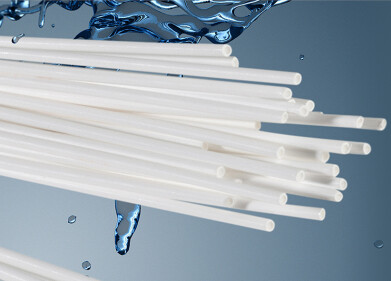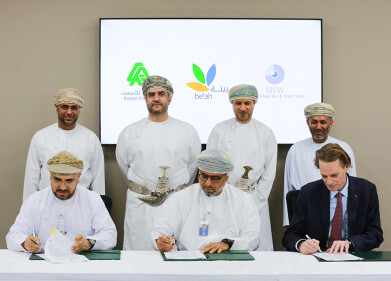Waste management
Can Plastic Pollution Reach the Arctic?
Oct 14 2017
A recent expedition into the centre of the Arctic Ocean has discovered huge chunks of plastic lying on top of ice floes. The discovery has alarmed scientists, who had not previously seen pollution reach as far north as these polystyrene blocks, which were encountered roughly 1,000 miles from the North Pole.
The British-led voyage was the first of its kind to penetrate the Central Arctic Ocean without the use of icebreakers. This fact in itself is proof of the damage wrought by manmade climate change, but the discovery of the polystyrene chunks hammers home the point that no region of the planet – no matter how remote – appears to be safe from our polluting ways.
A ground-breaking expedition – literally
The Arctic Mission was led by Pen Hadow, a British explorer who was attempting to reach the North Pole with a team of scientists on board. Due to the ongoing thawing of the Arctic ice, the two yachts were able to reach a more northerly point than any other expedition without the aid of an icebreaker.
However, Hadow and his passengers were surprised to see sizable blocks of polystyrene waste floating on floes hundreds of miles from land. Until recently, in fact, the region in which the polystyrene was discovered had been permanently covered by ice, fuelling fears that plastic waste is now able to infiltrate previously inaccessible areas, and that the thawing ice is releasing plastic which had been trapped inside for decades.
“For the 25 years I have been exploring the Arctic I have never seen such large and very visible items of rubbish,” Hadow told the Guardian. “The blocks of polystyrene were just sitting on top of the ice.”
A threat to creatures great and small
A recent report from the University of Exeter estimated that humans throw away approximately 300 million tonnes of plastic every year, half of which has only been used once. Much of this finds its way into our streams, rivers and waterways, which in turn end up in the seas and oceans.
Indeed, recent estimates place the total number of plastic pieces in our oceans in excess of five trillion. The biggest concern is that these disintegrate into tiny particles of plastic – known as microplastics – which are easily digestible by zooplankton and other filter-feeding lifeforms. While this is dangerous to their own health, it can easily affect other species higher up the food chain.
The amount of plastics accumulates in the bodies of smaller animals, which are then consumed by larger predators – until finally pollution may even threaten polar bears and other animals at the top of the food chain. Humans could even be affected through consumption of fish, seafood and other ocean-dwelling consumables.
A new challenge
Polluted waterways are nothing new to the human race, but the Arctic Circle represents a greater challenge than ever before. It’s one thing knowing the best way to clean up polluted lakes and reservoirs – it’s quite another dealing with the logistical challenges of sanitising the Arctic Ocean with its remote and inhospitable conditions.
The problems are only likely to get worse, as well. With some experts predicting that the Arctic will have lost all of its ice by 2050, the area is likely to become used more and more for commercial shipping purposes, the fishing industry and other human activities.
“The Arctic Ocean’s wildlife used to be protected by a layer of sea ice all year round. Now that is melting away, this environment will be exposed to commercial fishing, shipping and industry for the first time in history,” commented Tim Gordon, a marine biologist at Exeter University. “We need to seriously consider how best to protect the Arctic’s animals from these new threats. By doing so, we will give them a fighting chance of adapting and responding to their rapidly changing habitat.”
Events
Apr 15 2025 Moscow, Russia
Apr 21 2025 Shanghai, China
May 11 2025 Vienna, Austria
May 18 2025 Algiers, Algeria
23rd International Water Management Exhibition
May 20 2025 Prague, Czech Republic














